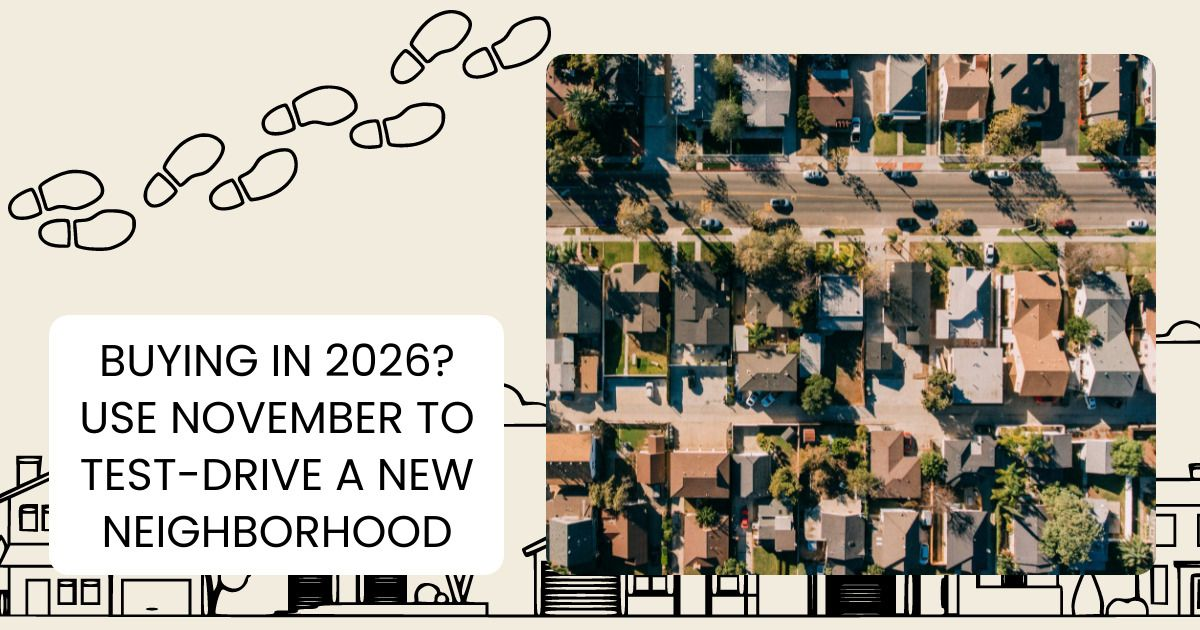
Higher borrowing costs have changed how both buyers and sellers approach real estate in late 2025. For sellers, spending heavily on pre-sale renovations no longer guarantees a strong return. For buyers, elevated mortgage rates have tightened budgets, leaving less room to absorb the cost of recent updates in a listing price. In this climate, offering improvement credits or allowances, rather than investing in full renovations, has become an increasingly effective strategy.
Instead of guessing which upgrades buyers want, sellers can provide a financial credit at closing for improvements like flooring, appliances, or countertops. This allows buyers to customize the home after purchase while helping the seller keep upfront costs low.
Why this approach fits the 2025 market
High interest rates and affordability challenges
Mortgage rates remain near multi-decade highs, creating significant affordability strain. Monthly payments are far higher than they were just a few years ago, and many buyers are stretching to qualify. According to The Mortgage Reports, 44.4% of U.S. home sales in the first quarter of 2025 included a seller concession, just shy of the all-time record. This figure underscores how common incentives have become, from closing cost assistance to repair credits and mortgage rate buydowns.
Rather than putting money into uncertain renovations, sellers are finding that targeted financial incentives yield better results. A Redfin analysis earlier this year noted that many sellers are offering money for mortgage-rate buydowns to help buyers manage higher monthly costs. The same principle applies to improvement credits: a listing that advertises “credit for new carpet and paint” can attract more attention than one that simply raises the price to cover those upgrades.
Buyers value personalization
Today’s buyers, especially younger generations, tend to have specific design preferences and are less interested in paying for renovations completed to someone else’s taste. Many would rather select their own finishes, fixtures, and flooring after closing. A pre-sale remodel that follows current trends may actually limit the home’s appeal if buyers view it as an unnecessary markup for changes they plan to undo.
By offering an improvement credit instead of completing upgrades, sellers put the choice back in buyers’ hands. It allows the buyer to control how and when improvements happen, making the property feel more personal and flexible. For the seller, it reduces risk, there’s no need to invest time and money in updates that might not add equivalent value.
Efficient use of resources
Renovation costs have remained elevated through 2025, with materials and labor still in short supply in many regions. Even basic remodels can take longer and cost more than expected. Historically, national remodeling data has shown that most projects recoup only a fraction of their cost in resale value. In today’s conditions, that gap can widen further.
Offering a credit, which is applied at closing, can be a far more efficient use of funds. Sellers avoid managing contractors or navigating supply delays, and buyers gain immediate flexibility. This strategy also streamlines the selling process, since credits can be negotiated and documented in the purchase contract without the unpredictability of construction timelines.
How improvement credits work
Improvement credits are typically structured as financial allowances the buyer can use after closing. They’re included as part of the purchase agreement and finalized during settlement. The credit amount can vary depending on the home’s price and condition, but clarity is key. Each credit should be documented with a defined purpose and total value.
Common examples include:
- Closing cost credits: The seller covers a portion of the buyer’s closing costs, freeing up funds for upgrades after the sale.
- Repair allowances: A specific amount is designated for repairs or replacements identified during inspection.
- Appliance or flooring allowances: The seller offers a fixed credit for new appliances, flooring, or paint.
- Adjusted pricing: Instead of a credit, the listing price reflects the need for updates, signaling flexibility to buyers from the start.
How to position credits in your listing
Clarity and tone matter when communicating improvement credits. The goal is to highlight flexibility without implying that the home needs major work.
Examples of neutral listing language include:
- “Seller offering flooring credit for buyer-selected materials.”
- “Allowance available for new appliances.”
- “Price reflects opportunity for buyer customization.”
If you've obtained professional estimates for certain projects, those can be shared to give buyers a sense of scope and cost. Providing transparent details helps potential buyers see the offer as an opportunity, not a red flag.
Smart, minimal staging instead of full renovations
Even without investing in major updates, you can make your home appealing with a few simple preparations:
- Declutter and clean thoroughly. Open, well-organized spaces feel larger and more inviting.
- Handle visible wear. Small repairs like touching up paint, tightening hardware, cleaning grout go a long way.
- Rearrange existing furniture. Highlight natural light and traffic flow to help buyers visualize how rooms function.
- Improve lighting. Replace burned-out bulbs and use consistent light tones throughout the home.
- Add simple, neutral accents. Small touches like fresh linens or neutral décor create a polished look without large expense.
This type of light staging makes the property feel move-in ready while still leaving room for buyers to imagine their own improvements.
When offering options makes the most sense
This strategy tends to be most effective in situations where:
- Inventory is moderate to high and competition between listings is strong.
- The home has good structure and layout but dated finishes.
- Sellers want to avoid renovation risk or cost overruns.
- The buyer pool includes design-focused or budget-conscious buyers.
In these cases, a straightforward credit or allowance can make a listing stand out. It signals flexibility, practicality, and awareness of current market conditions.
The Takeaway
Rising rates have made buyers more selective and price-conscious, while elevated renovation costs have reduced sellers’ potential returns on pre-sale projects. Offering improvement credits bridges that gap.
By helping buyers customize their new home without inflating the list price, sellers meet current market realities head-on—acknowledging tight budgets and the growing desire for personalization. It’s a pragmatic, data-backed approach that reflects the 2025 mindset: flexibility sells.





